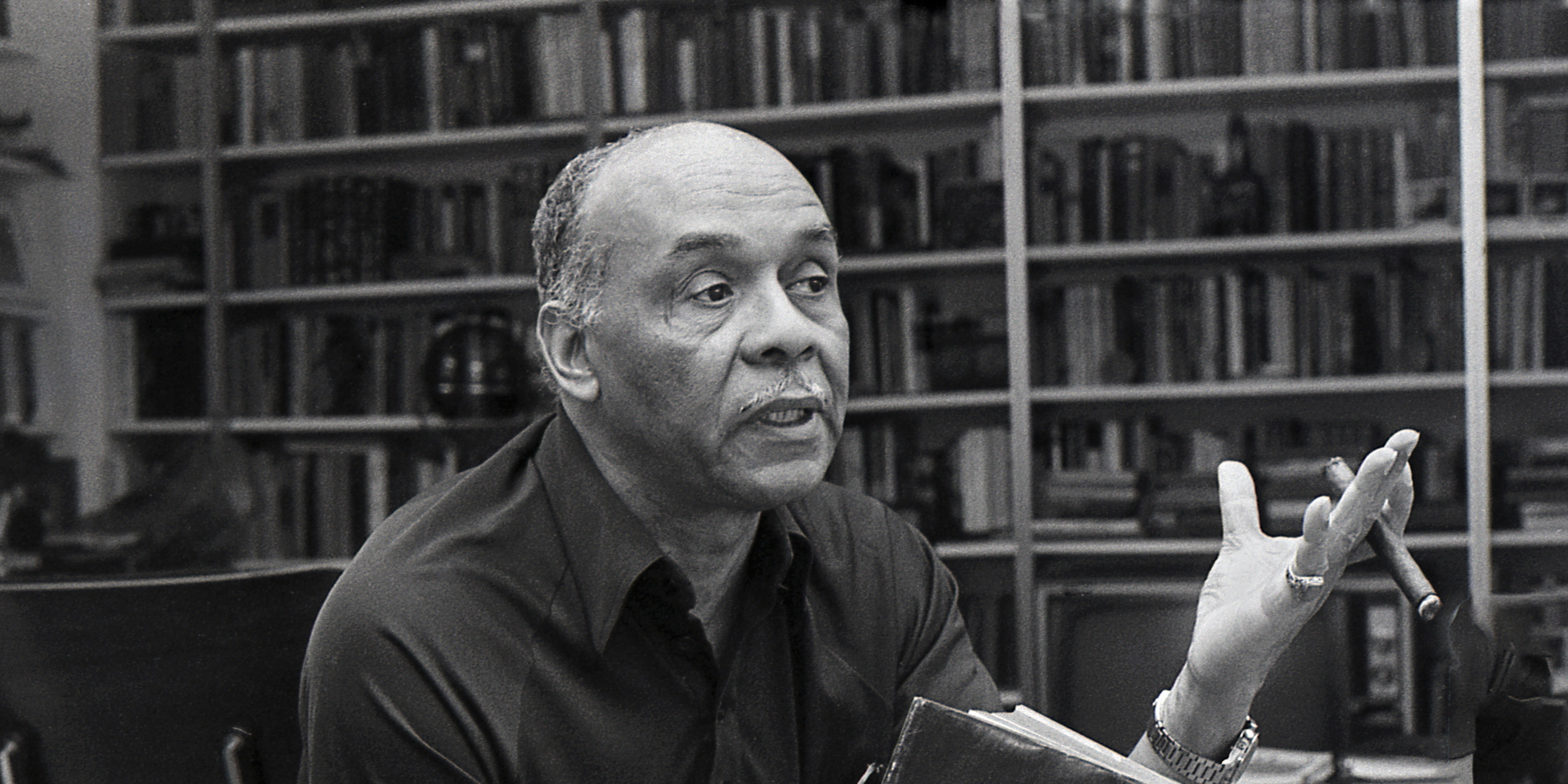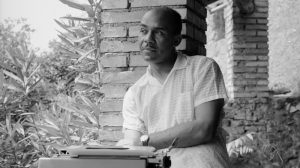RALPH ELLISON’S INVISIBLE MAN
Ralph Elision’s Invisible Man explores the inconsistency between outward appearance and inner self- a reality which is both elusive and evanescent. The title itself suggests this fragility of appearance. From the narrator’s first encounter with Dr. Bledsoe, the college president, to his dealings later with the other principal character, Rhinehart, Invisible Man pokes at the flimsy nature of false appearances.
The way in which a person’s outward appearance works with his inner personality reflects his personal identity. As long as the inner and outer reality acknowledge each other, there is a consistency of appearance and true inner worth within the person. The narrator of Invisible Man learns to deny his inner worth and thus accepts various forms of deception of his identity.
Dr. Bledsoe, the president of the Negro College where the narrator first enters into the world of deception, offers us an example of a double personality. He is a master of deception and his success is due largely to his ability to manipulate whites. When the narrator naively shows Mr. Norton, a wealthy donor of the college, to the seamier sides of the neighboring community, he is bitterly upbraided by Dr. Bledsoe: “Why the dumbest black bastard in the cotton patch knows the only way to please a white man is to tell him a lie! What kind of education are you getting around here?” Dr. Bledsoe recognizes the dishonesty of lying and misrepresentation, but he rationalizes his actions as a pragmatic approach to the racist assumptions of white attitudes.
He emphasizes that though whites financially assist his college, Bledsoe himself wields the power. When he says: “True they support it, but I control it,” his implication is that there are two kinds of power- the apparent or outward power and the real or inner power. Dr. Bledsoe sees his pandering as an effective way of assuring the school’s survival.
The narrator, whose “vague notions about dignity” leave him repulsed by Dr. Bledsoe’s brutal frankness, undergoes a transformation in the course of his subsequent experiences. Rhinehart, the chameleon-like-trickster who never appears but who’s presence is felt, represents the essence of the cold and calculating Dr. Bledsoe. Though Rhinehart is not physically present, his personas are effectively utilized by the narrator. The outward appearance of Rhinehart is a matter of dress; it is put on and taken off like a pair of eye glasses. The narrator’s adrenaline is charged by the thrill of putting on a false front. The effect of the glasses is magical. The “sinister light” provides a “strange wave of excitement.” The narrator realizes the power of his new image when he is first mis-identified by a woman in a “tight fitting summer dress.”
Rhinehart, baby, is that you? she said.
Rhinehart, I thought. So it works. She had her hand on my arm and
faster than I thought I heard myself answer, “Is that you baby?” and
waited with tense breath.
The narrator almost unconsciously encourages the mis-identification of him as Rhinehart and thus he effectively denies his true identity. He is drawn into this false identity. He continues to masquerade as Rhinehart’s other personalities, seemingly enjoying the schizophrenic rush of putting on false appearances. Thus he is seduced by the power which the absent Rhinehart has over others:
I was both depressed and fascinated. I wanted to know Rhinehart and
yet, I thought, I’m upset because I know I don’t have to know him,
that simply becoming aware of his existence, being mistaken for him,
is enough to convince me that Rhinehart is real. It couldn’t be, but it
is.”
The narrator sees the power of seeing and not seeing, of being seen and not seen as something not so. Image and appearance are the reality which his world perceives. Appearance is substance.
The opening chapters reveals the narrator’s first glimmerings of realization. This realization is fully apprehended by the narrator as he perceives Rhinehart as the consummate man capable of dealing with a world of deception. His first encounter with this kind of deception was Dr. Bledsoe who took the narrator to task for not having grounded himself in the ways of the world. Dr. Bledsoe frankly explains the skills of deception which he feels are indispensable for a Black man’s survival in a white world. The narrator seems to have an innate sense of duty and honor, an idealistic sense of honesty and character which conflicts with the deception necessary to succeed like a Dr. Bledsoe or a Rhinehart. It is this conflict which prompts the narrator to ask, “What is real anyway?”
The narrator comes to understands that denying his moral sense of duty leads to masking his true identity. His search for identity winds up at the beginning. His path has taken him full circle as he realizes the profundity of Dr. Bledsoe’s commentary.
The world has not changed for him in the end only the bitterness of many of his experiences. The Invisible Man’s process of seeing through the many facades he encounters only reveals for him the flimsy character of appearances. The narrator realizes that the deceptive Bledsoe is a universal kind, a paradigm fully expressed in the later character of Rhinehart.


